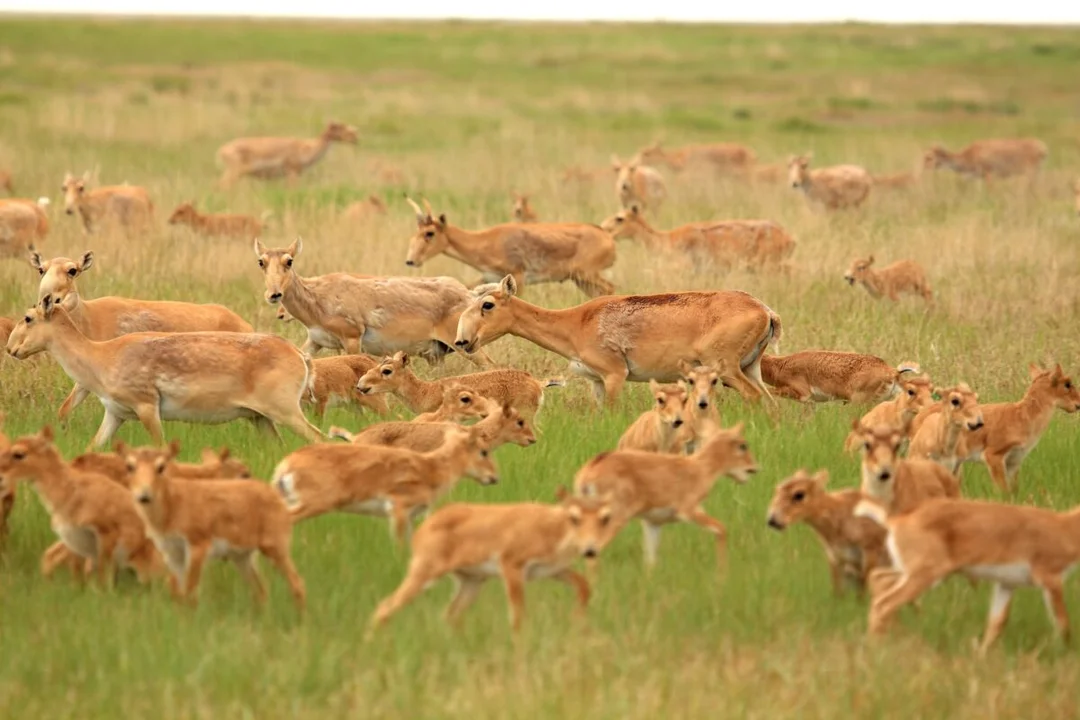
Saving The Saiga Antelope: A Community Effort In Kazakhstan
In an inspiring tale of conservation, a collaborative initiative in Kazakhstan has remarkably turned the tide for the endangered saiga antelope (Saiga tatarica). This extraordinary effort, involving international NGOs and the Kazakh government, began back in 2006 and has led to a population boom from a mere 30,000 to nearly 4 million saiga in the vast stretches of the Golden Steppe, a grassland ecosystem larger than the United Kingdom. This achievement has now garnered recognition worldwide, notably through the prestigious 2024 Earthshot Prize awarded for protecting and restoring nature.
The Altyn Dala Conservation Initiative, which spearheads this vital project, is a shining example of what can be achieved when governments, NGOs, and local communities unite for a common cause. Vera Voronova, the executive director of the Association for the Conservation Biodiversity of Kazakhstan, emphasizes not just the revival of the saiga but also the restoration of the entire steppe ecosystem. The initiative’s multifaceted approach includes enhancing law enforcement against poaching, utilizing modern technologies for monitoring wildlife, and implementing educational programs to foster local engagement with biodiversity.
Vera Voronova discusses how local citizens play a crucial role in this conservation success. “Community participation is fundamental; we aim to change the attitude towards Kazakh wildlife, so that residents appreciate their close natural environment,” she explains. Educational materials focused on the region’s unique animals, particularly targeted at children, are vital in cultivating a conservation-oriented mindset among younger generations.
Experts highlight that the recovery of saiga has ripple effects on the ecosystem. Voronova says, “As saiga populations grow, we might observe a stabilizing effect on other species, such as steppe eagles and small mammals, which thrive in grazed habitats.” However, challenges remain, particularly in collecting comprehensive data on these interactions.
This remarkable initiative does not merely stop with saiga recovery. The long-term strategy aims to rehabilitate wild horse populations, a species that was extinct in Kazakhstan. With partnerships formed with international zoos and local organizations, the task of reintroducing wild horses has begun, with plans to bring over 45 horses into the wild over five years.
Kazakhstan's ambitious conservation saga is not just about restoring its wildlife; it’s about reshaping cultural perspectives on nature. The narrative of the saiga antelope serves as a potent reminder of what can be achieved through concerted efforts, commitment, and community involvement, positioning Kazakhstan as a beacon of successful wildlife conservation in action.
As the world grapples with biodiversity loss, this compelling story may inspire similar conservation efforts globally. It raises an important question: how can communities across the globe work together to protect their unique wildlife? We encourage you to share your thoughts and experiences in the comments below!